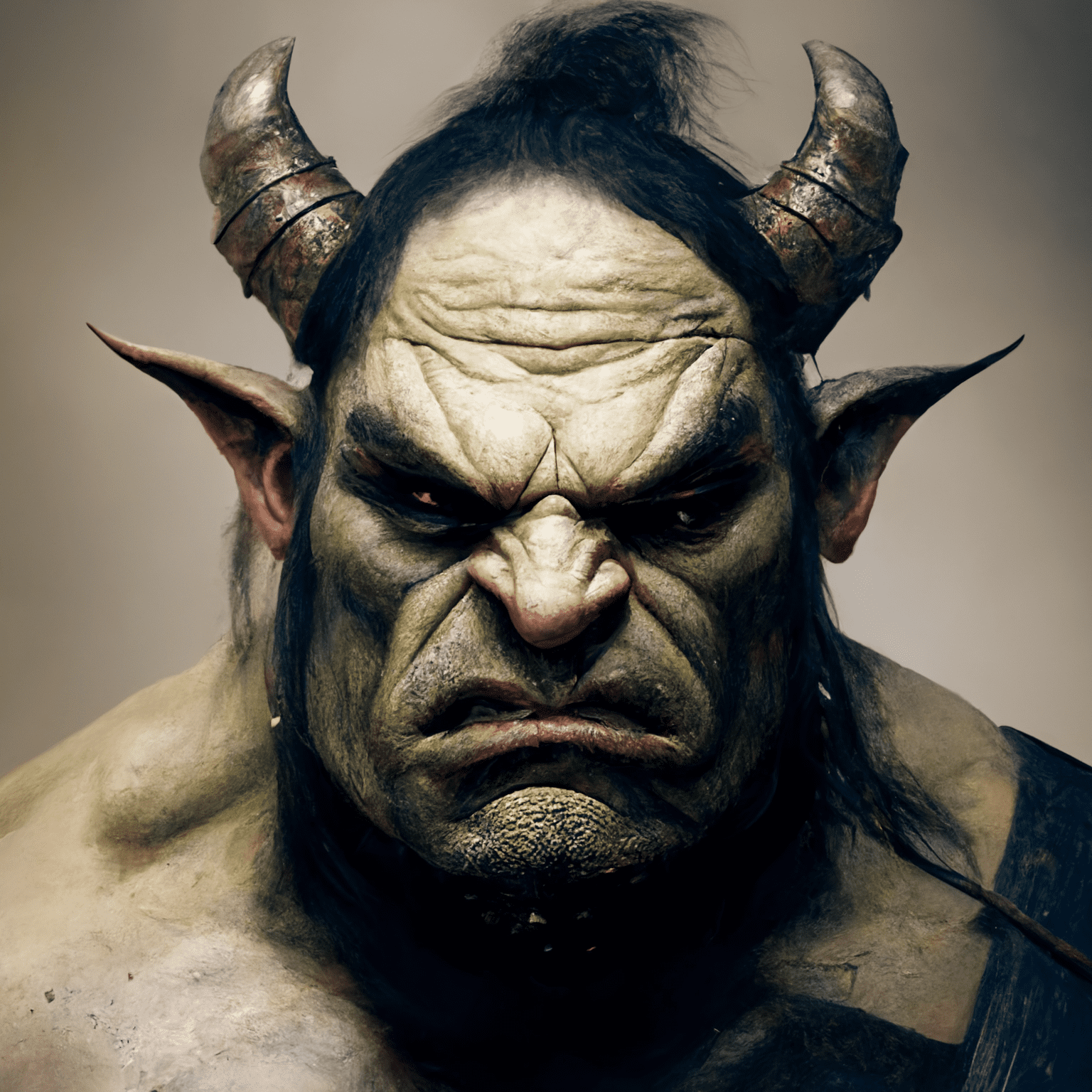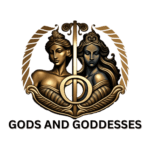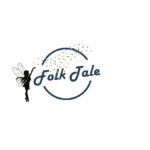ogre
- Ogres are large, humanoid creatures often found in fairy tales, that are abnormally strong and usually low in intelligence.
- Ogres are very similar to trolls, with one major difference in lore being that ogres were prone to eat humans, particularly babies and children.
- According to Wikipedia, the wordogrecomes from an ancient Etruscan god named Orcus. The Etruscans were an ancient people that lived in what is now Italy, and Orcus was a flesh-eating god in their ancient mythology.
- The movie “Shrek” actually turns the notion that the creatures are mean, ugly and hideous on its head. The movie plays on the concept of the angry ogre, in that Shrek the ogre initially presents himself as mean as a way of keeping people and other creatures away from him. The reason he does this is because for his entire life, people and other fairy tale creatures have thought he was a mean and nasty ogre, and none of them took the time to get to know the real Shrek.

Physical characteristics
In popular folklore and mythology, ogres are typically depicted as large, brutish humanoid creatures with distinctive physical characteristics:
Size: Ogres are often described as being much larger than a normal human, with a height ranging from 7 to 10 feet or more.
Musculature: Ogres are usually portrayed as having a very muscular and strong build, with broad shoulders, thick arms, and a powerful chest.
Skin: Ogres are often depicted as having rough, scaly, or wrinkled skin, which can range in color from green to brown to gray.
Facial features: Ogres typically have large, bulbous noses, prominent eyebrows, and protruding lower jaws.
Hair: Ogres may have long, tangled hair that hangs in matted clumps, or short, bristly hair covering their entire bodies.
Clothing: Ogres are usually depicted as wearing little to no clothing, except for simple garments made from animal skins or rags.
origin
According to Wikipedia the first appearance of ogres in literature occurred in the 12th Century, in a poem titled ‘Perceval, li contes del graal’. They became more widely known in the 1600s, when Charles Perrault assembled a collection of fairy tales that had originated in Europe many years before, called ‘Histoires ou contes du temps passe, avec des moralités‘. This translates to ‘Stories or tales from times Past, with morals’.

powers and abilities
Ogres are often depicted in folklore and mythology as large, humanoid creatures with physical strength and ferocity beyond that of a normal human. They are typically portrayed as cruel, violent, and often cannibalistic beings who live in remote or isolated areas, such as forests or mountains.
In many stories, ogres possess supernatural abilities such as the power to shapeshift or to become invisible. They may also have superhuman senses, such as exceptionally acute hearing or sight, and may be able to regenerate quickly from injuries.
Some tales suggest that ogres have the ability to cast spells or curses on their enemies, and may have control overdarkmagic or demonic forces. They are often depicted as having a voracious appetite for human flesh, and may be able to devour entire animals or even people in one sitting.


